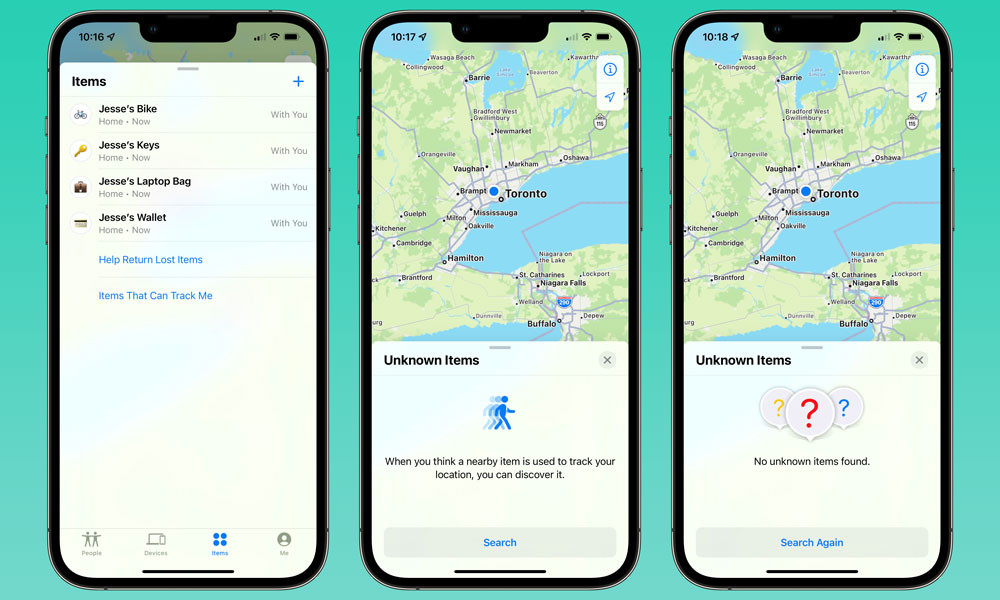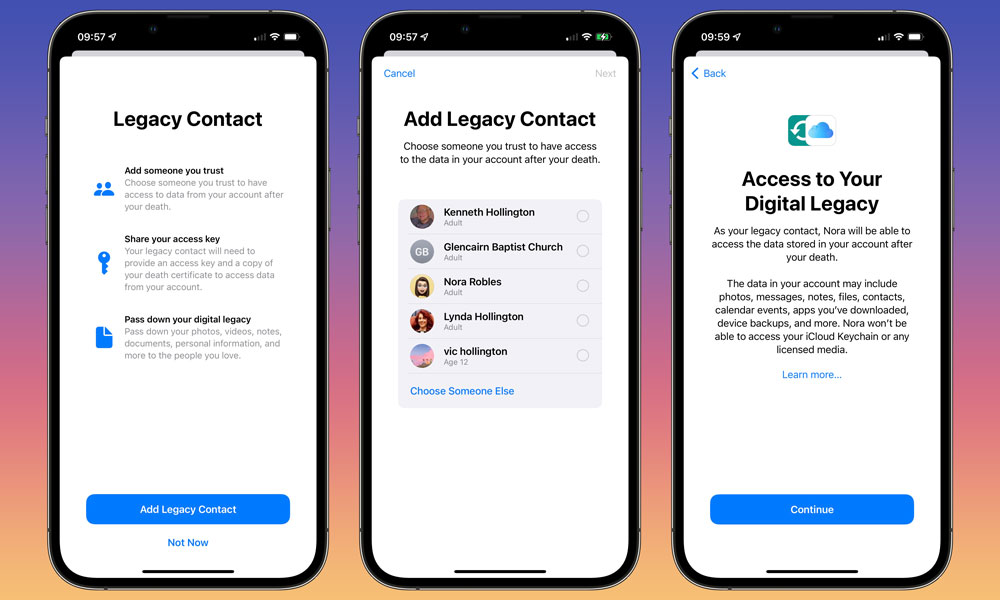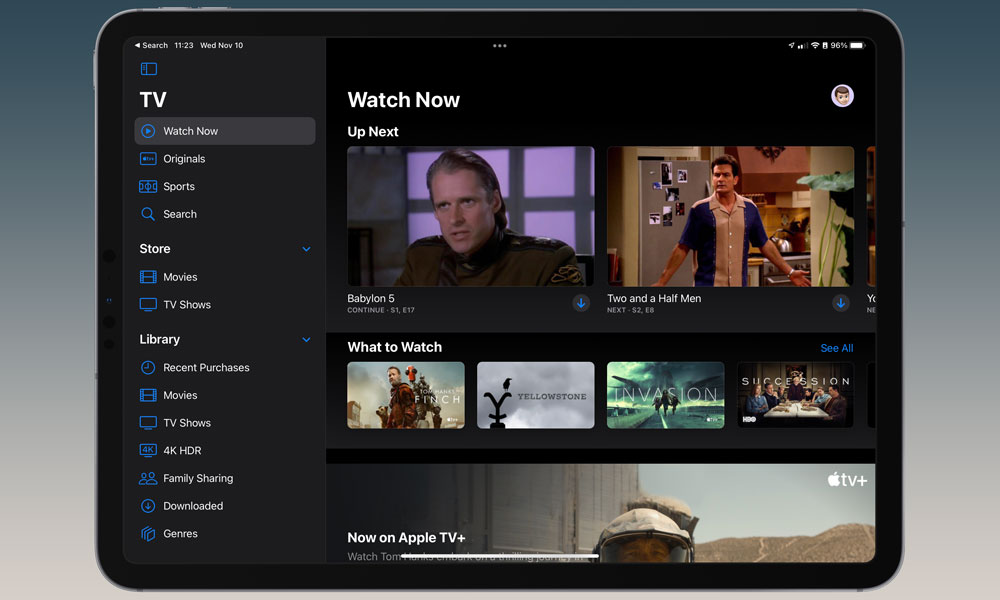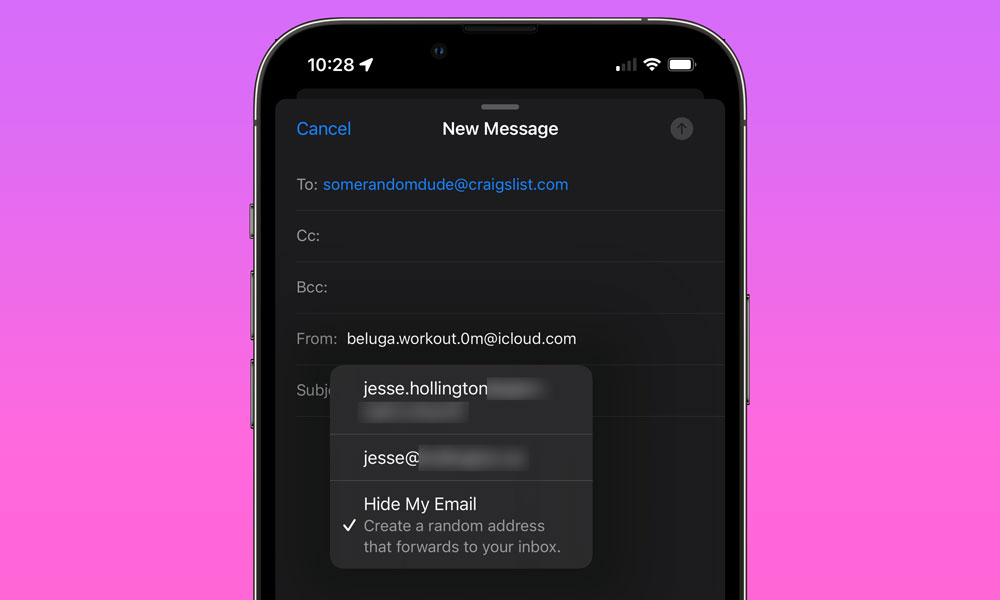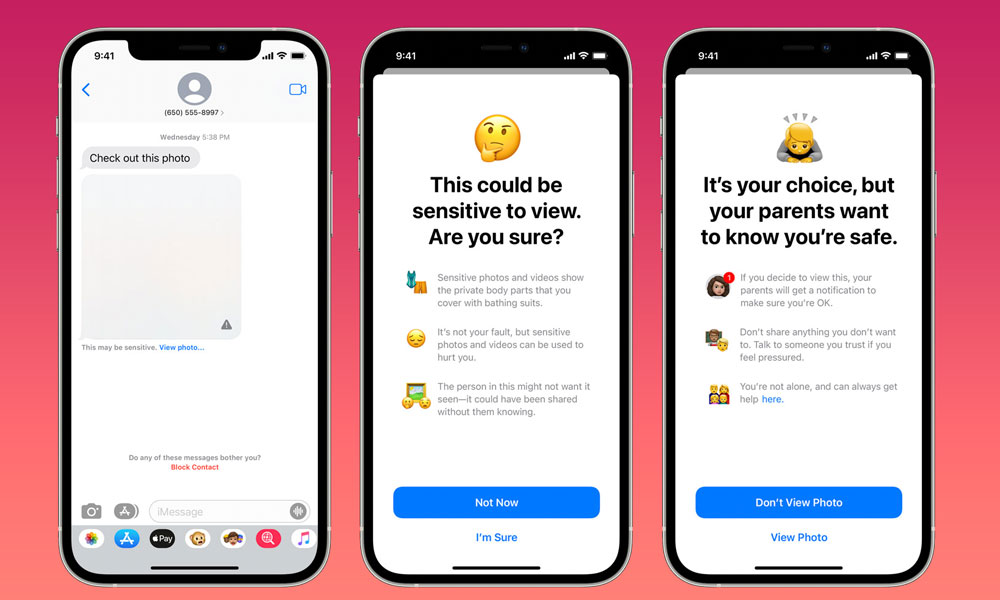5 Major New iOS 15.2 Beta 2 Features You Can Try Today
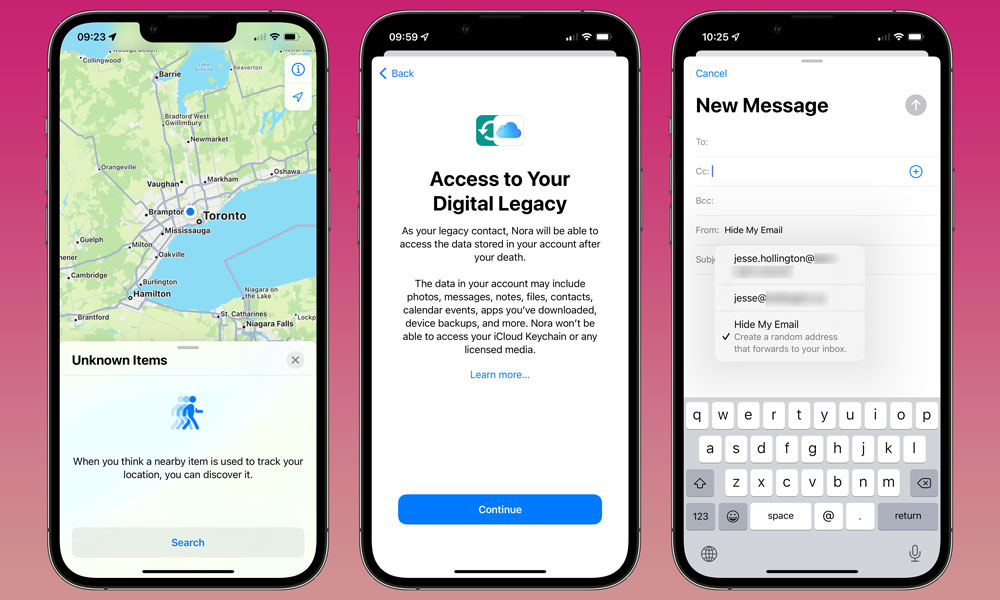 Credit: Jesse Hollington
Credit: Jesse Hollington
Yesterday Apple launched the second developer beta of iOS 15.2, introducing the Communication Safety feature in Messages that it first announced in August, with at least one important safety-related modification.
That’s not all that’s coming in iOS 15.2, however, and this second beta is actually chock-full of some cool new features, even beyond what we already saw in the first iOS 15.2 beta last month.
There’s more than usual here for a point release, and as with SharePlay in the iOS 15.1 release, Apple is clearly still tying up the loose ends on all the features that it promised for iOS 15 in June. In fact, there’s enough here that you may even want to give the public beta a spin this time around. Read on for 5 new features that have shown up in the second beta of iOS 15.2.
Scan for Nearby AirTags
iOS 15.2 adds a new feature that should help to further address concerns about AirTags and other Find My network items being used for nefarious purposes such as stalking.
Instead of merely notifying you when an AirTag has been found moving with you — by which time it may be too late — iOS 15.2 will let you scan any time to check if there are orphaned AirTags or other Find My items nearby.
The Items screen in the Find My app now includes two options, “Help Return Lost Items” and “Items That Can Track Me,” both of which will search for any AirTags or other Find My devices that are within range of your iPhone or iPad, but not within range of their owner’s device.
These may simply be lost items, or they may be tags that have been deliberately planted on you for tracking. Both of the options search for AirTags in the same manner, although they differ in how they present the information. “Help Return Lost Items” will show the owner’s contact information if they’ve enabled lost mode, while “Items That Can Track Me” will show you how to disable the AirTag by removing the battery.
Add a Legacy Contact
It looks like another promised iOS 15 feature will be going live in iOS 15.2 in the form of Legacy Contacts, which allows you to tell Apple who can access your Apple ID and related data after you die.
While this is mostly a back-end feature tied to your Apple ID, like almost all of your other account management tools, Apple wants to integrate this into the iOS experience as much as possible. To that end, iOS 15.2 offers new screens for adding and managing your Legacy Contact. Here’s how to access these in iOS 15.2.
- Open the Settings app on your iPhone or iPad.
- Tap your name at the top of the screen to open your Apple ID settings.
- Tap Password & Security.
- Tap Legacy Contact.
- Tap Add Legacy Contact.
- Read the information screen and tap the Add Legacy Contact button at the bottom.
- If you’re in an Apple Family Sharing group, you’ll be shown a list of your family members to choose from. Either pick one of these people or tap Choose Someone Else to open your full contact list.
- Once you’ve selected a Legacy Contact, tap Next.
- Tap Continue after reading the information on the next screen.
As the information screens explain, your Legacy Contact will have access to all of your data after your death, except for the passwords in your iCloud Keychain and your licensed media purchased from the iTunes Store. You’ll be provided with an access key to give to your Legacy Contact, which they’ll need to present to Apple, along with a copy of your death certificate, before they’ll be given access to your data.
New Apple TV App Layout
The Apple TV app has gone through a pretty big redesign, particularly on the iPad, where it now includes a sidebar to make it easier to distinguish between the different types of content, such as Apple TV+ originals, sports programming, and library content such as purchased Movies and TV shows.
Both the iPad and iPhone also now include a “Store” section, providing quick access to the iTunes Store catalog of Movies and TV Shows for sale. At this point, however, Apple doesn’t appear to have filtered out content that’s only available for purchase from the Watch Now screen, although we’re hoping that with the new Store tab Apple may give us the option of seeing only content that’s available on the streaming services that we’re already paying for.
Create Hide My Email Addresses on the Fly
Apple is making its Hide My Email feature more accessible in iOS 15.2 and macOS Monterey 12.1 by letting you create new random email addresses on the fly in the Apple Mail app.
While the Hide My Email feature isn’t designed to be used all the time, it can be very useful when you’re corresponding with somebody who you don’t want to give your real email address out to, such as when posting or responding to classified ads, submitting anonymous feedback, or making general product inquiries to random companies.
With iOS 15.2 it will be much more practical to do this now, since you can decide on the fly to set up a Hide My Email address right when you’re composing a new message. Simply choose the “From” drop-down and then choose “Hide My Email.” iCloud will automatically generate a new random address and set it as your From address.
As we’ve explained before, there’s no reason to be paranoid when it comes to using these kinds of privacy features, but there are legitimate cases where you don’t want to disclose your identity or real email address, and we think Apple has hit on one of the most practical uses for Hide My Email by making it easily available for composing new messages.
In our opinion, this is the problem that Hide My Email is ideally designed to solve. Using random emails to sign up for most online services isn’t ideal, as that generally makes things much more complicated than it’s worth. However, Hide My Email is a great way to correspond anonymously, and we can think of numerous situations where we’d rather not give out our real email address when actually sending emails to people and businesses we don’t really know.
Communication Safety
We’ve already discussed the new Communication Safety feature in depth, but basically, it looks like Apple is ready to turn the key on this important child safety feature that it hopes will help avoid exploitation by those who prey on children.
For the most part, the feature works as it was originally proposed, with one important exception. While Apple originally planned to send parental notifications when a child under the age of 13 chose to ignore the warnings and view sexually explicit material, this has been disabled in the actual implementation.
Some child safety advocates justifiably felt that these notifications could put children at risk of abusive behaviour from parents. Apple wisely listened, so now the feature works the same for all children under the age of 18, simply identifying and blurring out sexually explicit photos sent or received in the Messages app and providing warnings to the youngster if they choose to proceed to view or send the photos anyway.
The age-appropriate warnings not only explain that the child probably shouldn’t be looking at these photos, but also offer advice on how to seek help from a trusted adult if somebody is making them uncomfortable by sending them inappropriate pictures.
The Communication Safety feature is basically just an extension to the Screen Time features that are already at a parent’s disposal. As with all other Screen Time features, they’re only available to devices in a Family Sharing group, and parents have to explicitly enable Communication Safety in the same way that they have to enable time restrictions, app restrictions, or content filters in Safari.
Just keep in mind, however, that this only applies to the Messages app — if children have access to other messaging platforms such as Facebook, WhatsApp, Instagram, Snapchat, or TikTok, there’s nothing Apple can do about that. It’s up to the developers of these apps to provide their own child safety features, but sadly most haven’t really done much to address this.

